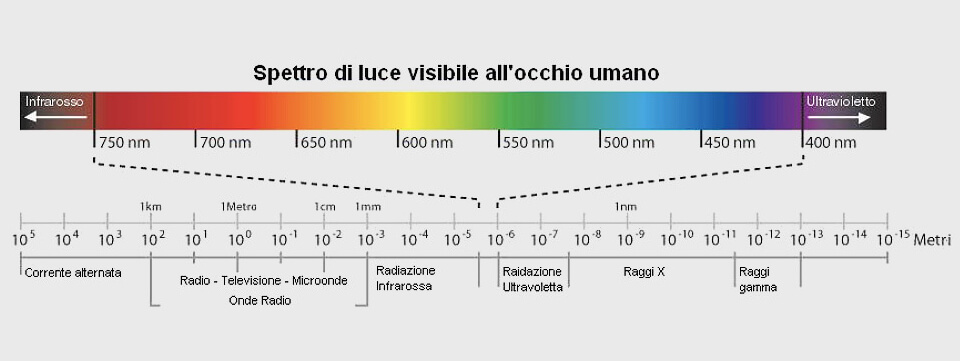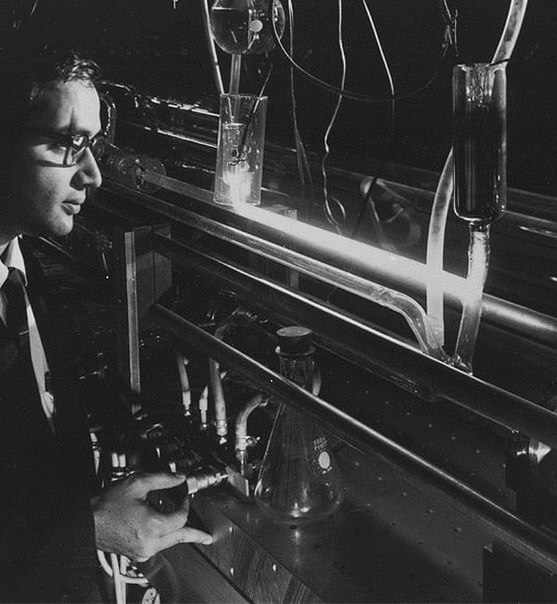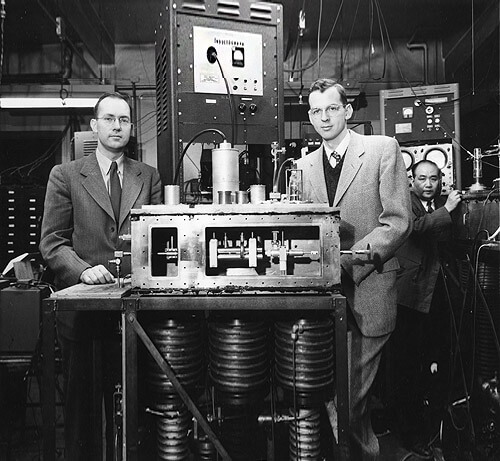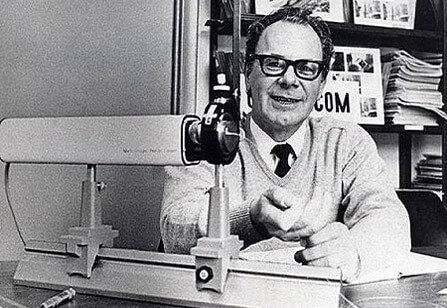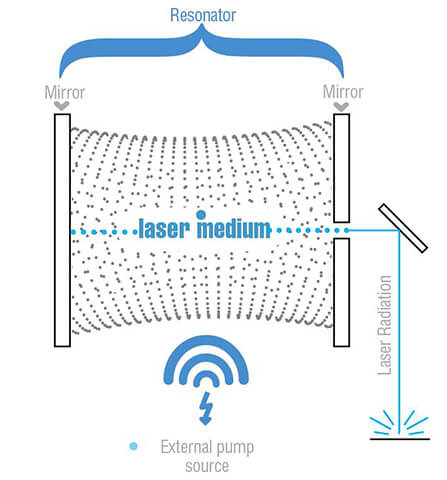The history of laser undoubtedly began in 1916 with Albert Einstein, who hypothesized that three processes essentially intervene in the formation of an atomic spectral line: spontaneous emission, stimulated emission and absorption. To each of them he associated a coefficient (later called “Einstein’s”), which represents an estimate of the probability that the process takes place.
From these first studies carried out by the genius, we must then wait however until 1950 for the team of C. H. Townes to create the first working device that, in practice, made use of Einstein’s theories: the technology in question was called M. A. S. E. R., which stands for Microwave Amplification by Stimulated Emission of Radiation.
Subsequent studies, derived from a desire to extend the principles of MASER to the field of infrared and visible light, we owe to the multifaceted Theodor H. Maiman who completed the first pulsed ruby laser in 1960.
Since then, the laser has prevailed in many fields and research has been directed towards both the development of new laser sources and the improvement of the characteristics of existing ones.


